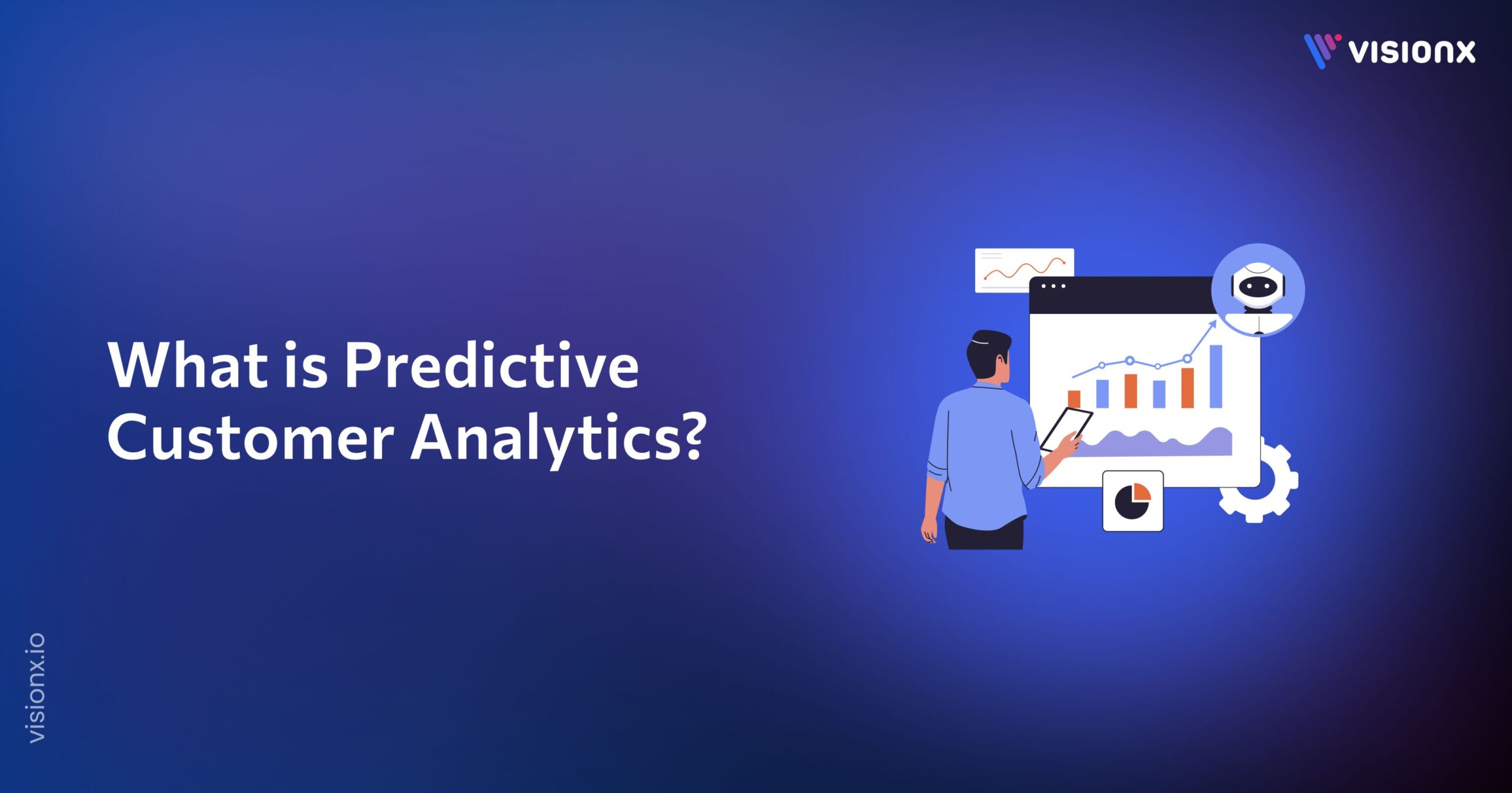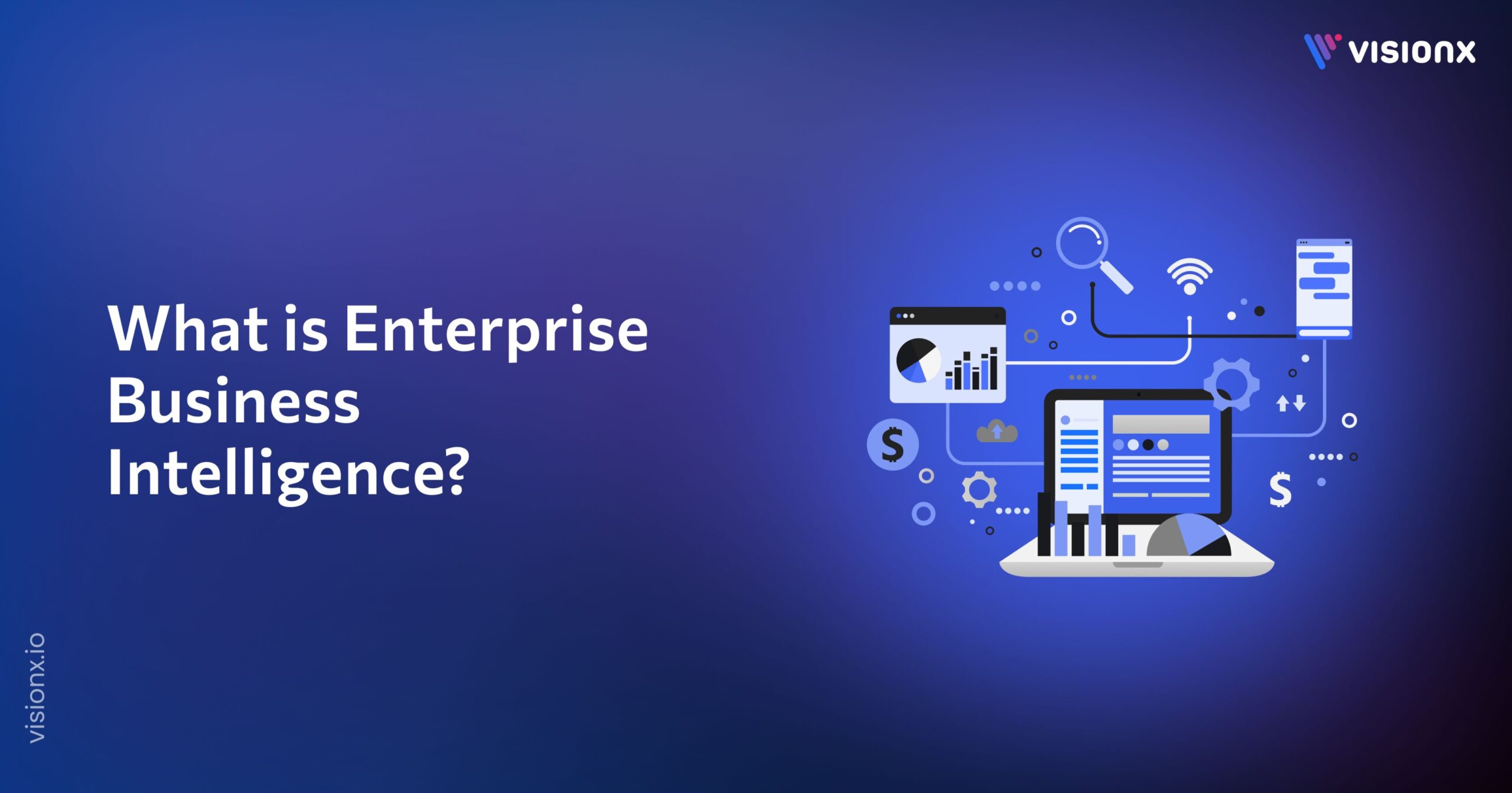Did you know that nearly 80% of enterprise data is unstructured or semi-structured, presenting a significant challenge for data extraction and analysis? Semi-structured data, characterized by its flexible yet organized nature, often falls into a gray area, making it difficult to manage using traditional OCR (Optical Character Recognition) systems.
This blog aims to tackle the complexities of semi-structured data and offer actionable solutions to enhance OCR performance.
What is Semi-Structured Data?
Semi-structured data is a form of data that does not conform to a fixed schema but still contains some organizational properties that make it easier to analyze compared to unstructured data. Unlike structured data, which is highly organized and easily searchable (like data in relational databases), semi-structured data includes elements that allow for some level of organization but do not follow a strict schema.
Key Characteristics:
- Flexible Structure: It can accommodate changes in data structure without requiring a significant overhaul of the data model.
- Self-Describing: Semi-structured data often includes metadata that provides context about the data, making it easier to interpret.
- Formats: Common formats for semi-structured data include JSON, XML, and Avro, among others.
Example of Semi-Structured Data
Here are some common examples of semi-structured data:
1. JSON (JavaScript Object Notation):
Widely used for data interchange, JSON allows for nested structures and is easy for both humans and machines to read. It is commonly used in APIs.
2. XML (eXtensible Markup Language):
Similar to JSON, XML stores and transports data. Its flexible structure allows for tags that define data elements.
3. NoSQL Databases:
Databases like MongoDB and Couchbase store data in a semi-structured format, allowing for data representation and retrieval flexibility.
4. Emails:
An email message is semi-structured because it contains structured fields (like sender, recipient, and subject) and unstructured content (the message body).
5. Electronic Health Records (EHR):
EHRs often contain structured data (like patient demographics and lab results) alongside unstructured data (like notes from healthcare providers), representing a semi-structured format.
Difference between Unstructured & Semi-Structured Data
Unstructured data
It lacks a predefined format or organization, making it difficult to categorize and analyze. It does not follow any specific structure, which can complicate data management even with the best OCR services. Examples include social media posts, images, videos, audio files, and documents that are not organized in a predefined manner.
Unstructured data is generally stored in data lakes or non-relational databases, which can accommodate its irregular nature. Due to its lack of structure, it requires more complex processing techniques, such as natural language processing (NLP) or machine learning, to extract meaningful insights.
Semi-structured data
This type of data has some organizational properties, which allows for a flexible format. It does not follow a strict schema but includes tags or markers that separate data elements and enforce hierarchies. Common examples include JSON, XML, and data from NoSQL databases. Other examples are emails (with structured headers) and Electronic Health Records (EHR), where patient data is organized, but the notes are unstructured.
They are typically stored in NoSQL databases, data lakes, or systems that can handle varying data formats. Easier to process and analyze than unstructured data. Tools like ELT (Extract, Load, Transform) provide superior processing capabilities for semi-structured data, enabling efficient querying and analysis.
Challenges of OCR with Semi-Structured Data
1. Variations in Data Format and Structure:
Semi-structured data often comes in various formats (e.g., JSON, XML, Acord forms), which can differ significantly from one document to another. This variability complicates the OCR process as the system needs to adapt to each unique format, making it challenging to maintain consistent accuracy across different documents.
2. Handling Nested Data and Hierarchical Structures:
Many semi-structured data formats include nested or hierarchical structures. For example, a JSON file may contain multiple layers of data, which can be difficult for OCR systems to parse and understand. Extracting relevant information from these complex structures requires advanced processing techniques.
3. Dealing with Complex Layouts and Tables:
Semi-structured documents often feature complex layouts, including tables, multi-column formats, and varying text sizes. OCR systems may struggle to accurately recognize and extract information from these layouts, leading to potential data loss or misinterpretation.
4. Recognizing and Extracting Relevant Information from Noisy Data:
Semi-structured data can contain noise, such as irrelevant text, images, or formatting artifacts. This noise can hinder the OCR’s ability to focus on the relevant information, making it challenging to extract clean, actionable data.
Overcoming OCR Challenges with Semi-Structured Data
There are several steps to overcome the challenges OCR faces with sem-structured data. Let’s go through each of them one by one.
1. Data Preprocessing
Image processing is the first step in improving the performance of OCR systems working on unstructured data. Image processing clears the image and sharpens the focus to facilitate accurate character recognition by OCR. Adjustments in contrast, sharpening, and binarization can significantly improve the visibility of text.
Furthermore, background objects that may block character recognition must be eliminated, which is why noise reduction techniques are so important. Eliminating unwanted noise improves the quality of scanned documents and achieves better OCR results.
Normalization further contributes to this process by defining image sizes and formats, which reduces variability and improves recognition rates across different documents.
2. Layout Analysis
It involves understanding the structural components of documents to facilitate better data extraction. OCR systems use advanced layout analysis techniques to recognize different elements, including tables, paragraphs, headers, and footers. Data organization depends on this identification to improve the accuracy of extraction.
Furthermore, OCR systems can concentrate on particular regions by grouping documents into logical sections, which improves the accuracy of data extraction from complex layouts. This focused strategy ensures that important information is recorded more successfully, producing higher-quality output.
3. Information Extraction
These techniques derive meaningful insights from data. Named Entity Recognition (NER) is one method that identifies and classifies key entities within the text, such as names, dates, and locations. This capability significantly improves the extraction of relevant information by prioritizing important data points.
Moreover, keyword extraction algorithms can highlight important words or phrases, simplifying the extraction process and data organization. OCR systems can quickly and efficiently give users the most relevant information by concentrating on key elements.
4. Machine Learning and AI
ML plays a transformative role in improving OCR performance. Machine learning algorithms help OCR systems learn from extensive datasets to better recognize fonts and layouts over time. This adaptability is important for maintaining accuracy across different document types.
Additionally, deep learning techniques can elevate the system’s ability to manage complex data structures, improving character recognition and data extraction accuracy. By incorporating these cutting-edge technologies, OCR systems are guaranteed to be dependable and strong across various applications.
5. Hybrid Approaches
Hybrid Approaches combine multiple technologies to maximize the effectiveness of OCR systems. By combining OCR and Natural Language Processing (NLP), context is added to the extracted text, allowing for a more thorough analysis and interpretation of the data.
As a result of this synergy, users can derive actionable insights from the information by processing and analyzing it more accurately. Furthermore, building multi-modal systems, which combine AI-driven analytics and computer vision technologies, creates a comprehensive framework that can efficiently handle a variety of data sources.
By taking a comprehensive approach, data extraction becomes more efficient, and the information extracted from semi-structured documents is of higher quality overall.
How can VisionX Help?
Our OCR services use machine learning and artificial intelligence to evolve continuously according to the changing nature of data.
If you are dealing with unstructured or semi-structured data, we can help you with advanced OCR
Conclusion
Semi-structured data, with its flexible yet organized nature, poses unique challenges for OCR systems. Variations in data formats, nested structures, complex layouts, and noisy data are just a few hurdles that can delay accurate data extraction. However, advanced techniques such as data preprocessing, layout analysis, information extraction, machine learning, and hybrid approaches can effectively mitigate these challenges.


